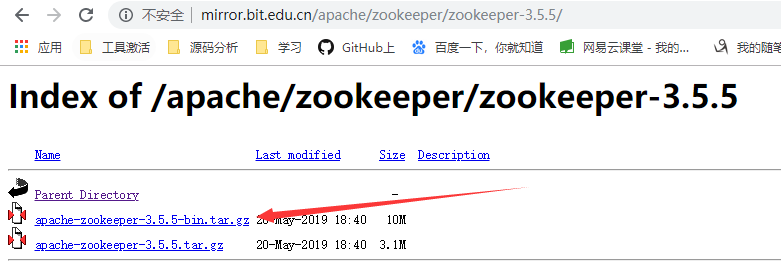I have a Server and Client in my little demo program, where I send some string data from the Client to the Server, and after that resending this data for the Client, which also writes it out to the console. I was confused by PrtintWriter's flush method, which is - according to the JAVA documentation, - flushes the stream. After some researching I'm getting familiar with the concept of autoflash: when the autoFlash parameter is true println, printf, or format methods will flush the output buffer. The only thing what I don't understand here is why should I use the PrintWriter's flush method in the loop and not after the loop. (In my case I use PrintWriter in the Server side.) Autoflash does the same because the println() method is in the loop too. When I use flush after the loop my string data does not appear on the console. Thank you for your guidance and help in advance!
The Client:
public class ClientDemo {
public static void main(String[] args) throws IOException {
final String CLIENTNAME = "<CLIENT>:";
final String SERVERADDRESS = "localhost";
final int PORT = 12312;
try {
Socket socket = new Socket(SERVERADDRESS, PORT);
PrintWriter out =
new PrintWriter(socket.getOutputStream(), true);
Scanner scanner = new Scanner(socket.getInputStream());
System.out.println(CLIENTNAME + "Client starts");
List<String> lista = getList();
for(String userInput : lista){
out.println(userInput);
System.out.println("echo: " + scanner.nextLine());
}
} catch(IOException e) {
System.out.println(CLIENTNAME + "Error connecting to the server:" + e.getMessage());
}
}
private static List<String> getList(){
List<String> result = new ArrayList<>();
result.add("egy");
result.add("ketto");
result.add("harom");
result.add("negy");
result.add("ot");
result.add("hat");
result.add("het");
result.add("nyolc");
result.add("kilenc");
result.add("tiz");
return result;
}
}
The Server:
public class ServerDemo {
public static void main(String args[]) throws IOException {
final int PORT = 12312;
final String SERVERNAME ="<SERVER>:";
try {
ServerSocket serverSocket = new ServerSocket(PORT);
Socket socket = serverSocket.accept();
PrintWriter printWriter = new PrintWriter(socket.getOutputStream());
Scanner scanner = new Scanner(socket.getInputStream());
System.out.println(SERVERNAME + "Server starts...");
String inputLine;
while(scanner.hasNext()) {
inputLine = scanner.nextLine();
printWriter.println(inputLine);
printWriter.flush();
}
} catch (IOException e) {
System.out.println(SERVERNAME + "Error handleing client...");
}
}
}




